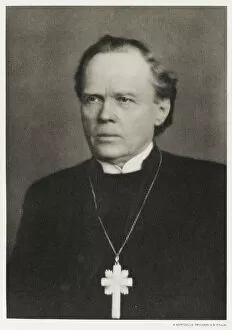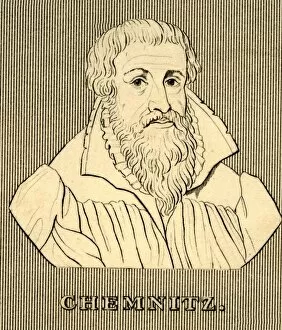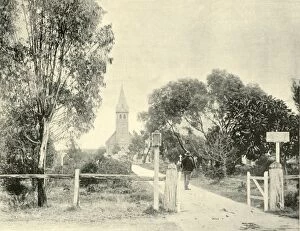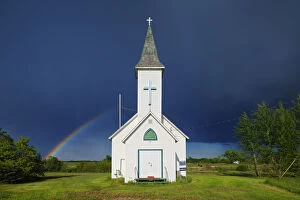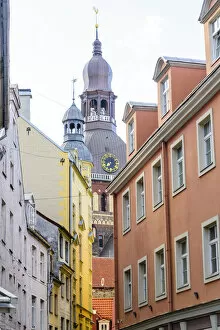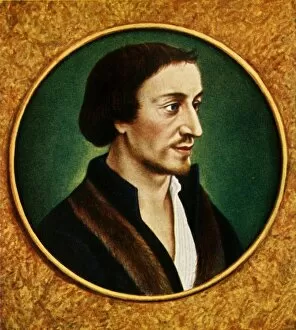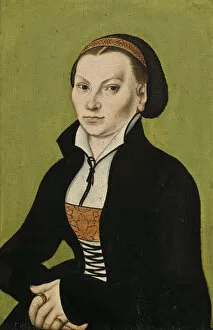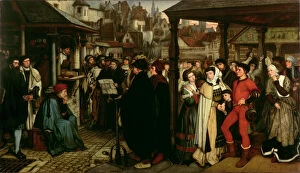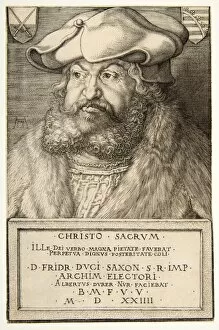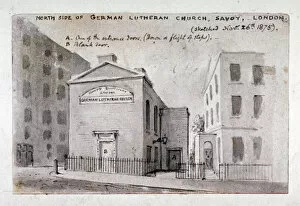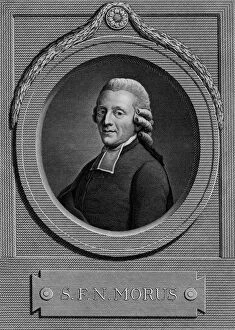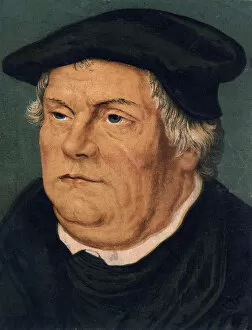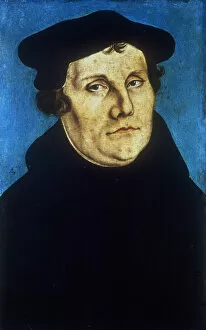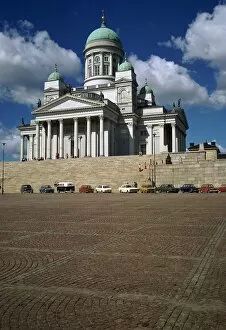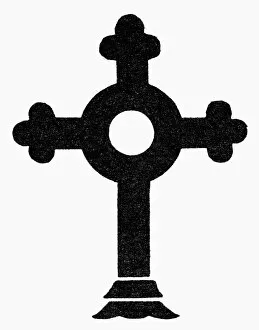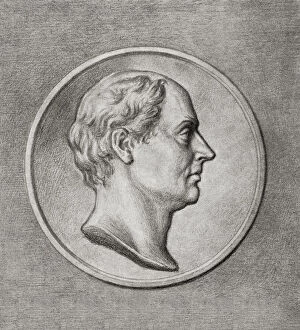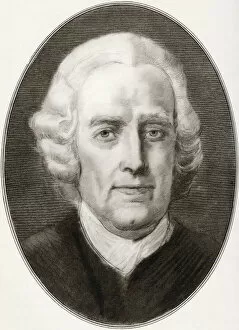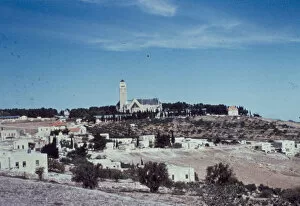Lutheran Collection (page 5)
Lutheran: A Legacy of Faith and Reform The term "Lutheran" is deeply rooted in the history of religious reform, particularly associated with Martin Luther (1483-1546
For sale as Licensed Images
Choose your image, Select your licence and Download the media
Lutheran: A Legacy of Faith and Reform The term "Lutheran" is deeply rooted in the history of religious reform, particularly associated with Martin Luther (1483-1546), a German theologian who played a pivotal role in shaping Christianity as we know it today. Luther's defense before Holy Roman Emperor Charles V at the Diet in Worms on 17-18 April 1521 marked a significant moment in the Protestant Reformation. During this era, satire against Martin Luther emerged as an expression of dissent or criticism towards his ideas. August Hermann Francke's artwork stands out among these satirical pieces, showcasing the tensions surrounding religious beliefs during that time. Interestingly, even beyond Germany, Lutheranism found its way to places like Reykjavik, Iceland. The Hallgrimskirkja church there serves as a testament to the spread teachings even to remote polar regions. The impact of Lutheranism extended far beyond Europe; it also had profound effects during the French Religious Wars from 1562 to 1598. The Siege of Poitiers in July-September 1569 witnessed Huguenots fighting for their faith amidst political turmoil. Artistic expressions have always been intertwined with religion and culture. The Academy of Fine Arts and Frauenkirche in Dresden exemplify how Lutheran principles influenced architectural masterpieces throughout Saxony, Germany, and Europe. One cannot discuss Lutheran history without acknowledging its critical stance against indulgences - pardons sold by the Catholic Church for remission from sins. Satirical prints were used as powerful tools to criticize this practice and advocate for reform within Christianity. Martin Luther himself remains an iconic figure whose portrait captures his determination and conviction. His life story has been chronicled extensively through works such as Memoirs of the Court of Queen Elizabeth I where his influence on religion is evident. Beyond Martin Luther's contributions lies another influential figure - Johann Arndt (1555-1621), a German Lutheran theologian.

